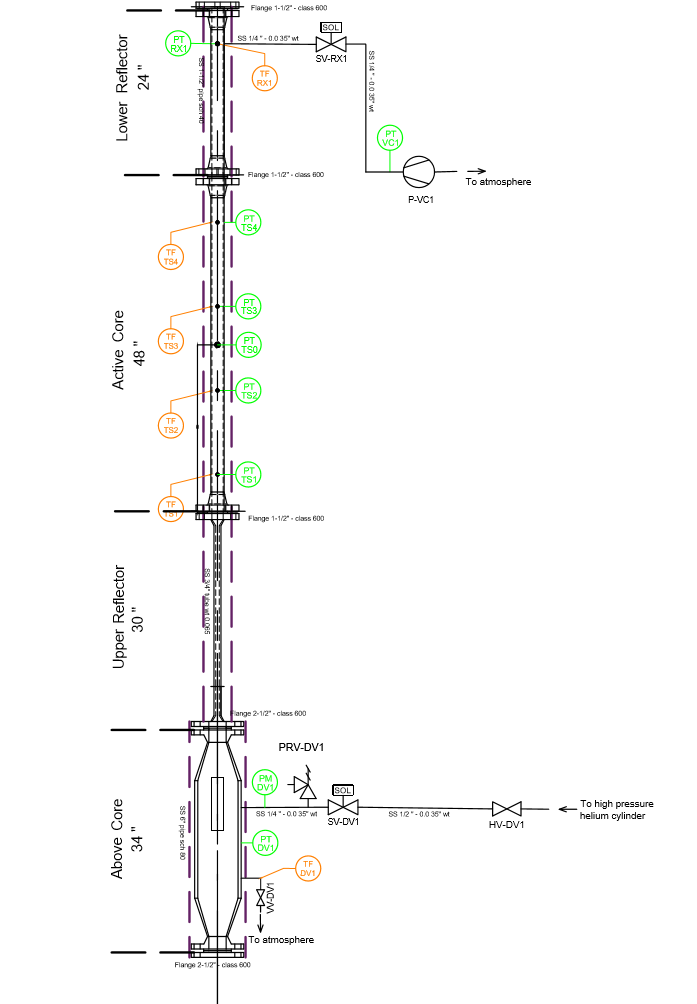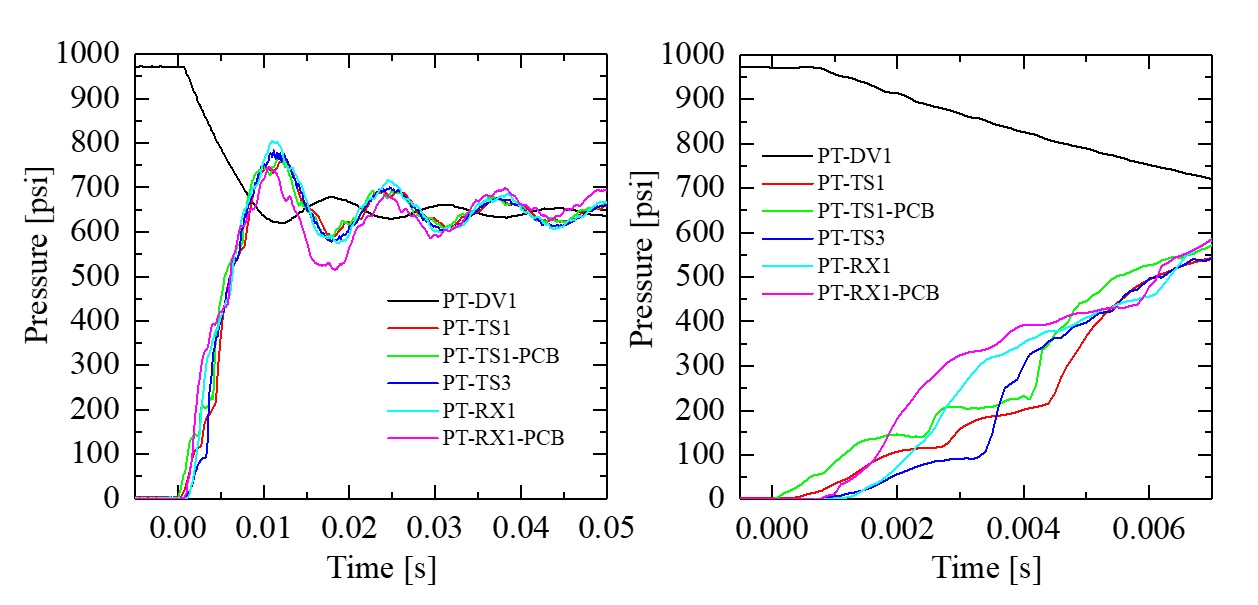The restart of the Transient Reactor Test (TREAT) facility combined with the shutdown of the Halden reactor in Norway lead to an increased interest in mimicking Reactivity Initiated Accident (RIA) events conditions for Light Water Reactor within TREAT itself. One of the engineering challenges for this task is to increase the energy deposition rate on the tested fuel element by shortening the width of the power burst from its current 89 msec down to 40 msec. One of the options proposed by Idaho National Laboratory consists of pressurizing rapidly a specially designed hollow control rod with Helium-3. The insertion of negative reactivity in the form of Helium-3, a strong neutron absorber, must be well predicted and repeatable. In this prospect, an out-of-pile prototype, the Helium Negative Reactivity Insertion (HENRI) facility, has been designed and built at Oregon State University to assess the feasibility, the repeatability and the control of such process. Tests have been performed to assess the effect of the driving pressure and the minimum opening area. These tests, although performed with rupture disks, helped shed light on the physics occurring in the system and gain confidence in the predictability of the helium density evolution. The latter is critical to characterize properly the effect of the Helium-3 injection on the overall core reactivity.


Facility Manager
 |
Guillaume Mignot Assistant Professor Office: 541-737-3579
|
Principle Investigator
 |
Senior Associate Dean and Associate Dean for Undergraduate Programs Office: 541-737-3018 |